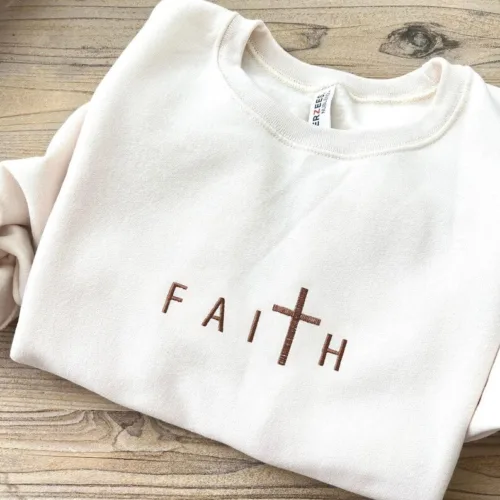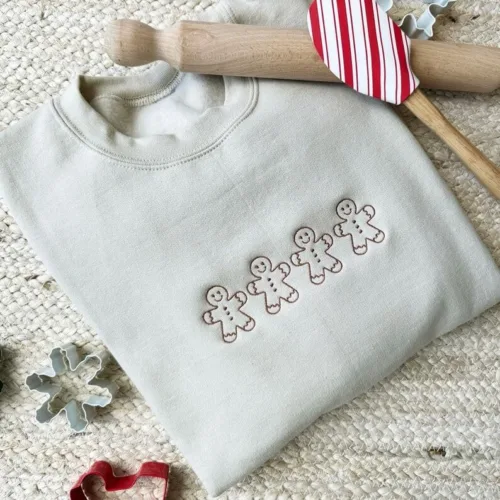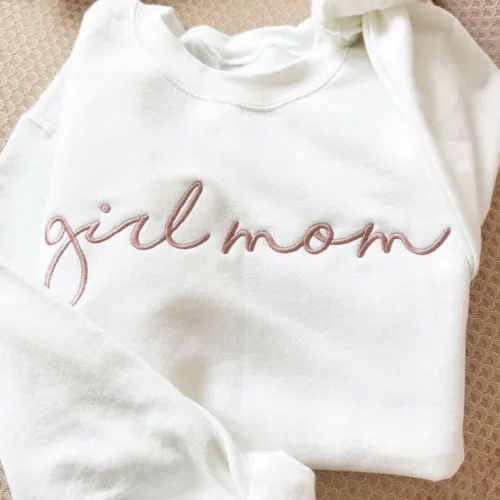The best discounts this week
Every week you can find the best discounts here.
Personalized Embroidered Hat, Custom Text, Custom Logo, Custom Your Image
Personalised Vintage Cap – Custom Embroidered Unisex Cotton Dad Hat with Personalized Text
Personalized Embroidered Cat Hat, Custom Dog Hat, Custom Hat Vintage Baseball
Custom Embroidered FAITH Crewneck Sweatshirt
Gingerbread Men Embroidered Sweatshirt
Girl Mom Personalized Crewneck Sweatshirt
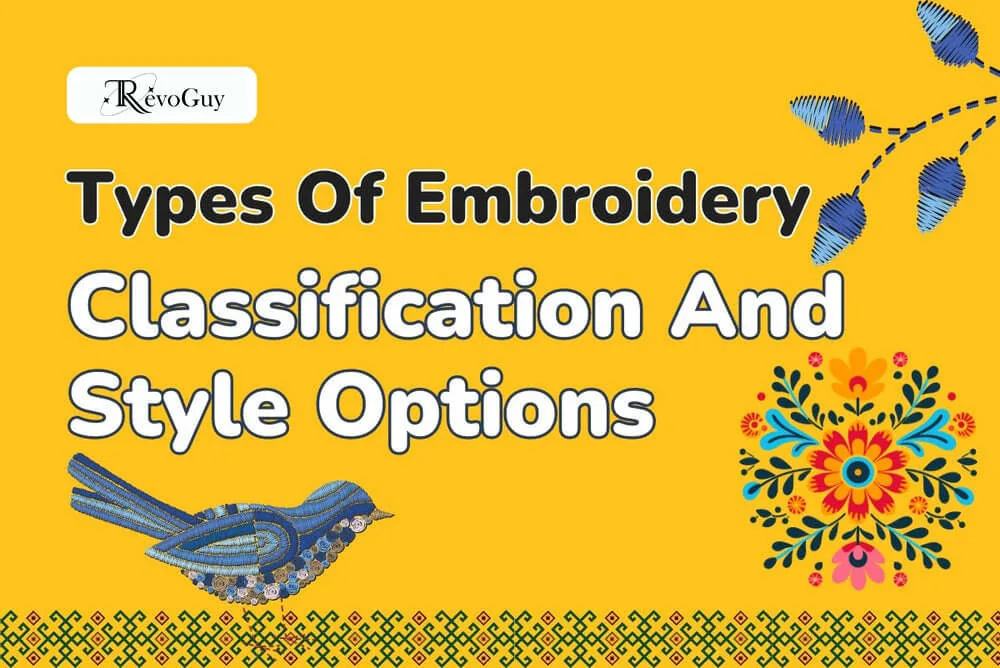
Table of Contents
Getting Started with Embroidery
Embroidery is a time-honored art form that involves decorating fabric or other materials using needle and thread or yarn. This craft has been an essential part of human culture, serving both functional and decorative purposes throughout the centuries.
Beyond its decorative value, embroidery holds significant cultural and historical importance. It has been used to represent social status, preserve cultural traditions, and showcase personal creativity. In many cultures, embroidery techniques have been passed down through generations, reinforcing community ties and sustaining artistic traditions.
Embroidery can be categorized in several ways, which helps in appreciating its versatility and broad applications:
- By Technique: Different methods and stitching techniques give each embroidery style its own unique character.
- By Purpose: Embroidery can serve a wide variety of functions, such as decorative embellishments or practical uses like mending and reinforcing fabric.
- By Style: Various artistic styles and influences shape how embroidery is approached and executed, making each piece distinct in its own right.
These classifications reveal the richness of embroidery and its diverse uses across different cultural, artistic, and functional contexts.
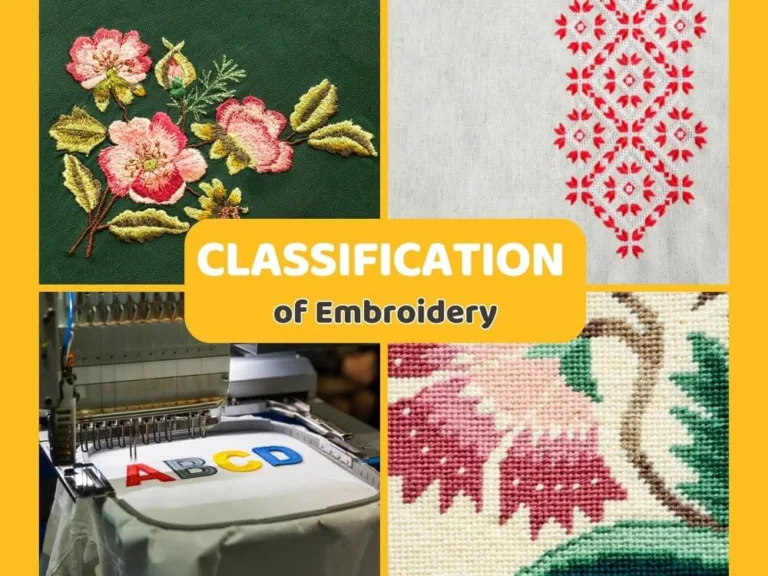
Types of Embroidery Explained
Embroidery can be categorized based on two main factors: how the design considers the base material and how the stitch placement relates to the fabric. With these factors in mind, embroidery is generally classified into three primary categories:
Surface vs. Free Embroidery
This form of embroidery is defined by its freedom in design and execution:
The design is applied to the fabric’s surface without being restricted by the fabric’s weave.
Stitches can be placed in any direction, offering room for fluid, creative expression.
It works well with a variety of fabrics, ranging from soft silks to durable denims.
Examples include:
Crewel work
Silk shading
Goldwork
Ribbon embroidery
Free embroidery encourages creativity and is often seen in decorative and artistic projects.
Counted Thread Stitching Techniques
This category is characterized by its strong connection to the fabric’s structure:
- Stitches are placed by counting the threads in the fabric, creating precise, geometric patterns.
- The design relies entirely on the evenness and visibility of the fabric’s weave.
- It is commonly done on even-weave fabrics such as linen or Aida cloth.
- Examples include:
+ Cross-stitch
+ Blackwork
+ Hardanger
+ Drawn thread work
Counted-thread embroidery typically results in structured, symmetrical designs.
Understanding Needlepoint and Canvas Work
This category falls between free and counted-thread embroidery:
- Worked on a stiff, open-weave canvas, providing a visible grid for stitch placement.
- The design can either be painted onto the canvas (free style) or followed by counting the canvas threads.
- It typically covers the entire surface of the canvas.
- Examples include:
+ Petit point
+ Bargello
+ Berlin work
Needlepoint is often used to create durable items such as cushions, upholstery, and wall hangings.
Each category presents its own unique possibilities and limitations, shaping the final appearance and texture of the embroidered piece. The choice between these types depends on the desired result, the embroiderer’s skill level, and the intended purpose of the finished item.
Famous Embroidery Techniques
Embroidery by Technique
Hand Embroidery
Hand embroidery is the art of stitching designs onto fabric using needle and thread operated manually. Well-known techniques in hand embroidery include:
Running stitch: A simple stitch that forms an evenly spaced line on the fabric.
Edge embroidery: Methods used to create decorative borders along fabric edges.
Raised embroidery: A technique that produces textured, elevated patterns on fabric.
Cotton thread embroidery: Using cotton threads to achieve a soft and natural finish.
The benefits of hand embroidery include low initial cost, ease of transport, and the personal, distinctive touch it adds to each piece. On the downside, it is often labor-intensive and might not match the detail accuracy of machine-stitched work.
Typical hand-embroidered items include home décor accents, custom clothing pieces, and cultural attire.
Machine Embroidery
Machine embroidery involves using embroidery machines to stitch patterns onto fabric. This approach has several key benefits:
Quick and efficient for duplicating designs
Capable of executing intricate patterns with precision
Delivers uniform stitch quality throughout
That said, machine embroidery calls for a considerable upfront investment in tools and may lack the handmade charm that characterizes hand embroidery.
It’s widely used in commercial production—such as branding apparel with logos, making embroidered badges, and enhancing textile products in bulk.
Embroidery by Purpose
Decorative Embroidery
Decorative embroidery is centered around improving an item’s visual charm. Common styles feature:
Flower-inspired motifs
Symmetrical or abstract geometric shapes
Illustrative or scenic imagery
This embroidery style is often used in home décor, clothing, and fashion accessories, bringing extra detail and aesthetic value to a range of items.
Applied Embroidery
Applied Embroidery has both practical and decorative uses. Typical forms include:
Patches
Logos
Monograms
This method is frequently applied in apparel manufacturing and in designing customized footwear and handbags. It supports item personalization and brand identity.
Traditional Embroidery
Traditional Embroidery involves techniques and designs that are distinct to specific cultures. Prominent examples include:
Vietnamese embroidery
Japanese sashiko
Chinese silk embroidery
These types of embroidery are deeply rooted in cultural and historical significance, often embodying the values, beliefs, and artistic heritage of the communities they represent.
Embroidery by Style
Modern Embroidery embraces contemporary design principles and frequently incorporates innovative materials or techniques. Popular trends include:
Mixed media embroidery
Digital-inspired designs
Minimalist patterns
Modern embroidery is widely applied in fashion, home decor, and contemporary art installations.
Classic Embroidery remains grounded in time-honored techniques and patterns, distinguished by:
Intricate floral motifs
Symmetrical designs
Use of traditional color palettes
Classic embroidery is commonly used in interior decoration and the creation of traditional costumes.
Artistic Embroidery expands the boundaries of the craft, often blending embroidery with fine art. This style is marked by:
Experimental techniques
Unconventional materials
Conceptual designs
Artistic embroidery is frequently featured in art exhibitions and galleries, challenging traditional views of the medium.
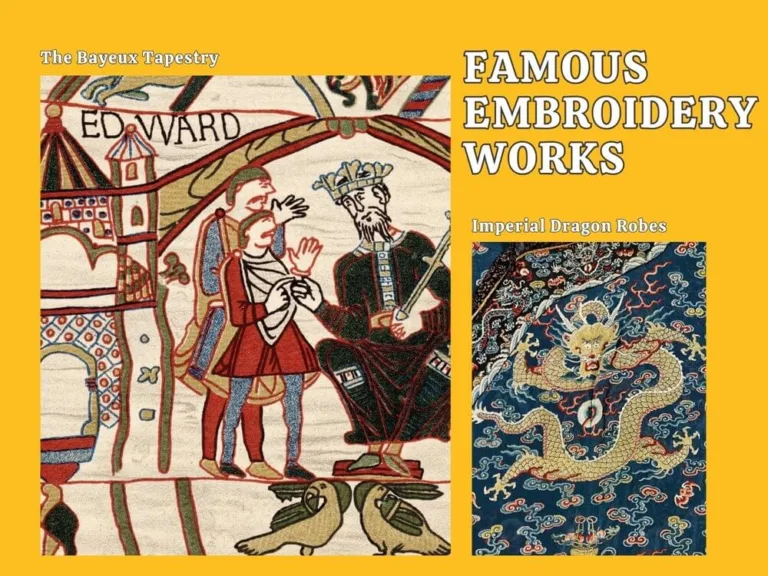
Notable Embroidery Works
Embroidery has resulted in several celebrated pieces across different domains. Here are some of the most notable examples:
Fashion
The Bayeux Tapestry: Although technically a tapestry, this 11th-century embroidered cloth illustrates the Norman Conquest of England.
Schiaparelli’s Zodiac Jacket: A 1938 creation by fashion designer Elsa Schiaparelli, featuring intricate zodiac sign embroidery.
Interior Decoration
Mary, Queen of Scots’ Bed Hangings: Elaborate embroideries made during her imprisonment, now displayed at Oxburgh Hall.
The Overlord Embroidery: A 272-foot long embroidered cloth that commemorates D-Day, housed in the D-Day Museum in Portsmouth, UK.
Art
Tracey Emin’s “Everyone I Have Ever Slept With 1963-1995”: A provocative art piece that features appliqué names sewn inside a tent.
Judy Chicago’s “The Dinner Party”: An iconic feminist piece incorporating detailed embroidery and needlework.
Cultural and Religious
The Shroud of Turin: A linen cloth bearing the image of a man, believed by some to be Jesus Christ, though its authenticity is debated.
Imperial Dragon Robes: Intricately embroidered robes worn by Chinese emperors, representing their power and status.
These masterpieces highlight the diverse applications of embroidery across history. Whether in fashion, art, religion, or decoration, embroidery serves as a medium for storytelling, cultural expression, and innovation.
Picking the Right Embroidery Technique
When exploring the different types of embroidery, it’s crucial to take into account your personal preferences, goals, and skill level. Here’s a helpful guide to selecting the right embroidery style:
For Clothing Decoration:
Cross-stitch: A classic choice for adding personalized designs to garments.
Thread Embroidery: Great for detailed patterns and embellishments.
Ribbon Embroidery: Perfect for adding texture and dimension to clothing.
Creating Embroidery Art:
Cross-stitch: Ideal for making intricate decorative pictures.
Thread Embroidery: Versatile for creating detailed art on fabric.
Crochet Embroidery: Adds a unique texture and design element to your artwork.
Business Potential:
Cross-stitch: Popular and marketable for a variety of products.
Thread Embroidery: Can be used for custom designs, appealing to a wide audience.
Ribbon Embroidery: Adds a luxurious touch, making it ideal for high-end products.
Relaxation and Stress Relief:
Cross-stitch: Offers a rhythmic, relaxing experience for stress relief.
Freehand Embroidery: Encourages creativity and provides a meditative activity.
Beginner-Friendly Options:
Cross-stitch: A simple, structured technique great for beginners.
Basic Thread Embroidery: Offers a gentle introduction to embroidery basics.
For the Challenge Seekers:
Shadow Work: A delicate and intricate technique requiring precision.
Glitter Embroidery: Combines traditional stitching with a fun, modern twist.
Kantha: An Indian embroidery technique involving running stitches.
Sashiko: A Japanese form of embroidery known for its geometric patterns.
Blackwork: A type of counted thread work with bold, intricate designs.
Traditional Enthusiasts:
Kantha: Rich in cultural heritage and storytelling.
Sashiko: Offers traditional Japanese aesthetic and utility.
Blackwork: A historical embroidery style with roots in Europe.
Modern Style Lovers:
Free Embroidery: Offers boundless creative freedom and artistic expression.
3D Embroidery: Creates dynamic, textured designs with a modern twist.
Embroidery on Unconventional Materials: Try working on raw fabric, paper, or leather for contemporary, experimental designs.
By understanding your preferences and goals, you can choose the embroidery style that suits you best, whether it’s for creative expression, relaxation, or even business ventures.
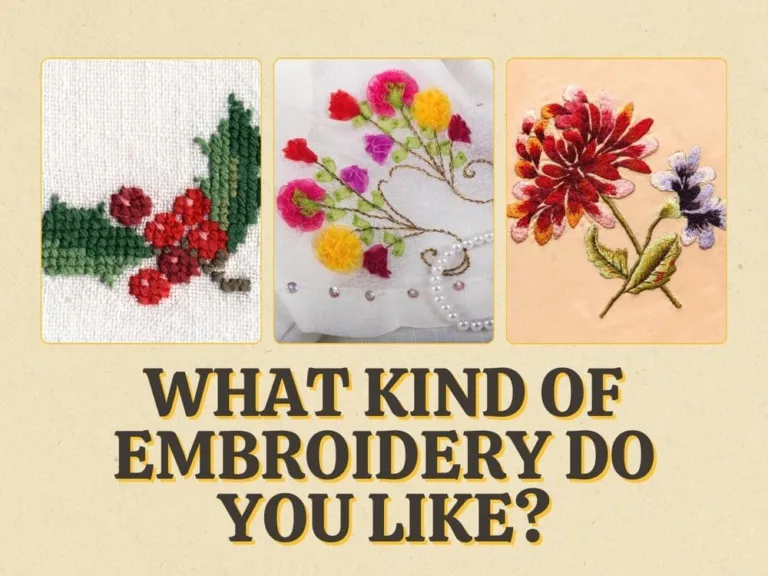
Final Thoughts
Embroidery, as we’ve seen, spans a broad spectrum of techniques, styles, and uses:
By technique: From detailed hand embroidery to fast-paced machine embroidery.
By purpose: Serving as decorative, applied, or traditional elements across diverse contexts.
By style: Ranging from classic to modern and artistic forms.
By its relation to the base material: Categorized as free or surface embroidery, counted-thread, or needlepoint and canvas work.
This diversity allows embroidery to evolve alongside changing trends and technologies, while still preserving its rich history and cultural significance.
Even with the rise of technology, the timeless charm of embroidery remains in its personal, handcrafted touch. It bridges tradition and modernity, function and art, offering an enduring form of expression and decoration.
As embroidery continues to grow and adapt, it stands as a testimony to human creativity and craftsmanship. Whether used for personal or professional projects, its versatility ensures its lasting appeal and value.
Looking for something special to express your individuality? Our custom embroidered sweatshirts and hoodies are a great way to show off your unique style. With a mix of vintage charm and modern flair, they’re both durable and fashionable, ready for any occasion.
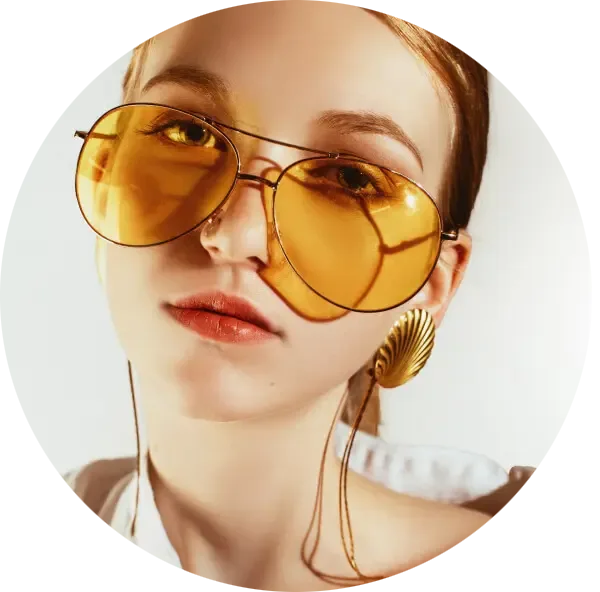
Sophia Williams
Meet Sophia Williams, the 26-year-old wordsmith behind RevoGuy LLC's heartwarming content. This self-taught writer turned her passion for family stories into a career, weaving tales of love and laughter from her bustling Wyoming home office. With six years in the content creation world, Sophia has mastered the art of making Gen X and millennials alike misty-eyed over their morning coffee. When she's not crafting the perfect emotional hook, you'll find her attempting DIY projects or coaching little league. Her gift-giving advice is significantly more reliable than her home improvement skills.
Recent Posts
Recent Comments
Archives
Categories
Categories
- Accessories (3)
- Christmas's Day (13)
- Custom Product (55)
- Halloween (5)
- Women (36)
- Sweatshirts & Hoodies (62)
Hottest Deals
-
Sale Product on sale
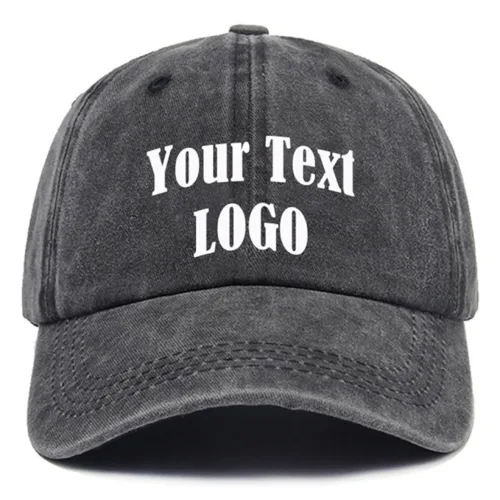 Personalized Embroidered Hat, Custom Text, Custom Logo, Custom Your Image
Personalized Embroidered Hat, Custom Text, Custom Logo, Custom Your Image$33.00Original price was: $33.00.$27.00Current price is: $27.00. -
Sale Product on sale
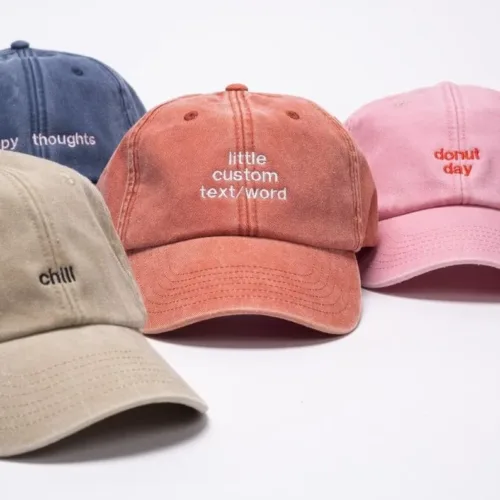 Personalised Vintage Cap - Custom Embroidered Unisex Cotton Dad Hat with Personalized Text
Personalised Vintage Cap - Custom Embroidered Unisex Cotton Dad Hat with Personalized Text$14.00Original price was: $14.00.$12.00Current price is: $12.00. -
Sale Product on sale
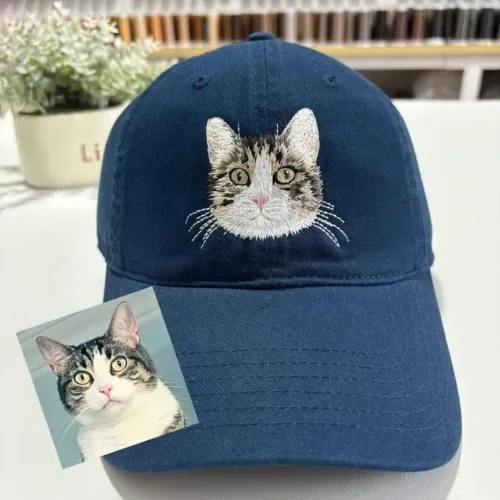 Personalized Embroidered Cat Hat, Custom Dog Hat, Custom Hat Vintage Baseball
Personalized Embroidered Cat Hat, Custom Dog Hat, Custom Hat Vintage Baseball$33.00Original price was: $33.00.$27.00Current price is: $27.00. -
Sale Product on sale
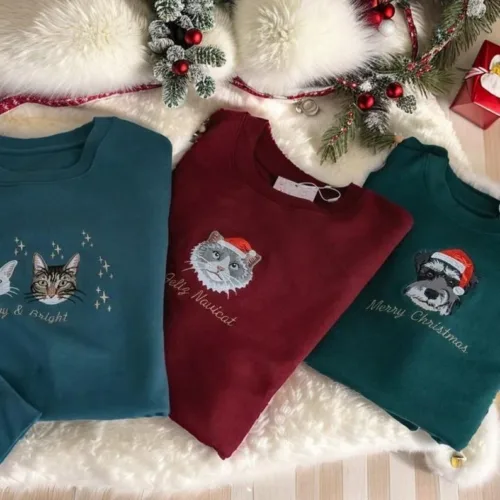 Christmas Edition Custom Pet Portrait Embroidered Sweatshirt$29.00 – $45.00Price range: $29.00 through $45.00
Christmas Edition Custom Pet Portrait Embroidered Sweatshirt$29.00 – $45.00Price range: $29.00 through $45.00

